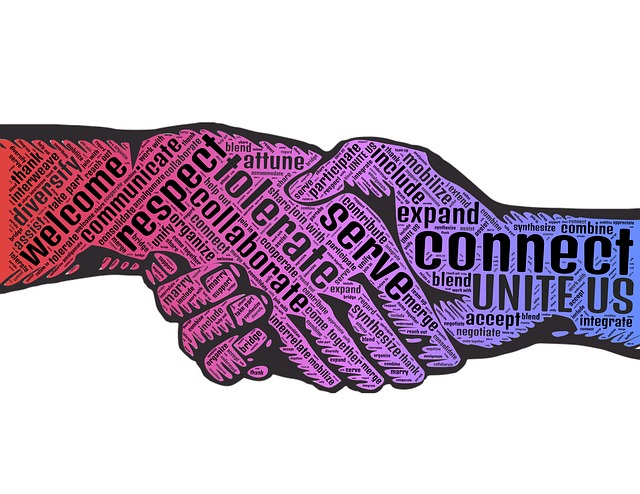Negotiating is the act of applying charm, logic, persuasion and conviction to arrive at a mutually satisfying conclusion for two or more opposing parties. As you can understand, when there are multiple expectations made by different people, there is always the chance that some of the demands might encroach upon others’ needs. In situations like these, it’s imperative that the person facilitating the negotiation takes everyone’s interests into account while trying to find a common ground for all parties.
Negotiating properly needs an in-depth understanding of the reasons why the people with opposing ideas are having them. It could be personal benefits or it could be a long-term plan. There are times when people at a negotiation yield from their initially-tough stand once they get to hear other people’s views. So it’s the negotiator’s priority to ensure everyone gets heard first.

How to Negotiate
There are many ways of negotiating. We have listed out the four most widely practiced methods −
● Collaboration − This is the most respectful of all traditional negotiation methods. The biggest advantage in this method is that, it provides an opportunity for everyone to put his/her point across. After that, each point is considered and reconsidered before arriving at a conclusion. However, the disadvantage is that, this method of negotiation doesn’t suit an emergency or crisis situation, where speedy resolutions are the need of the hour. It also presumes that people with different opinions will be open-minded and patient enough to listen to everybody else’s suggestions too, which very often is not the case.
● Competition − In many ways, this method of negotiation is completely opposite to the method of collaboration, in the sense that each party tries to come up with a solution that’s best for the entire group. The opposing parties often challenge one another’s views and openly discard opinions that they think don’t suit the purpose. This method of negotiating is best suited for situations where an immediate conclusion is needed. Although the idea is to arrive at a conclusion, the method, in itself, gives a general sense of dissatisfaction to those whose ideas were discarded. In addition to that, this might lead to bullying, intimidating and people resorting to underhanded tactics to win.
● Compromising − This is the middle path between collaborating and competing. While compromising, the different parties listen to one another’s point of view, but are not interested in finding the ultimate solution that addresses everyone’s needs. The idea is to find the minimum common solution so that all parties can work together with some minor sacrifices and modifications to their original proposal. Compromising, also known as bargaining, is most beneficial while finding a quick temporary solution to problems, especially when there is a delay in reaching an inclusive decision owing to aggressive participators.
● Accommodation − In this method of negotiation, the accommodating party sacrifices most of his interests and initially proposed ideas to gain the favor of the other party. People engaging in an accommodating method of negotiation often eye the big haul and are more interested in future business as compared to the present assignment. However, that might not always be the case, as a lot of people often end up accommodating others’ request just because of their inability to voice their opinions and ideas assertively. There are also cases of people with low self-esteem exhibiting poor negotiating skills due to their habit of tolerating abusive behavior.


